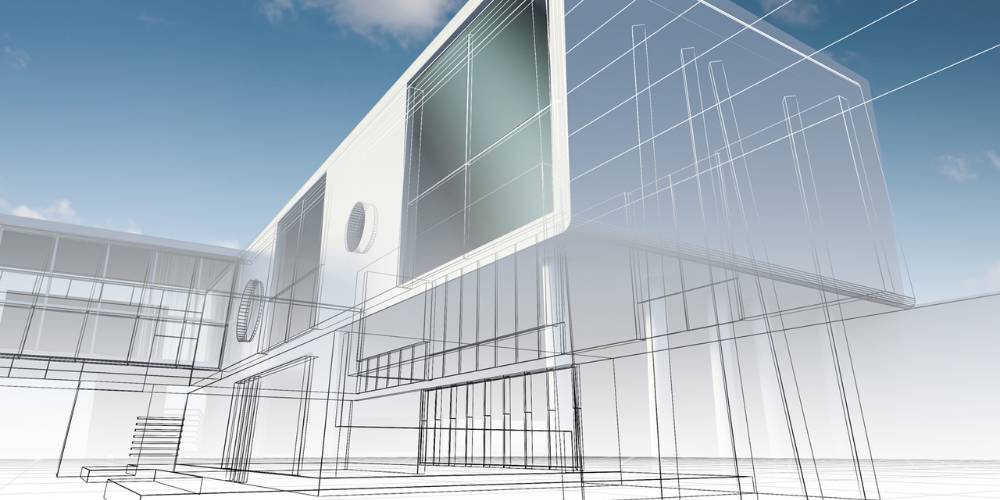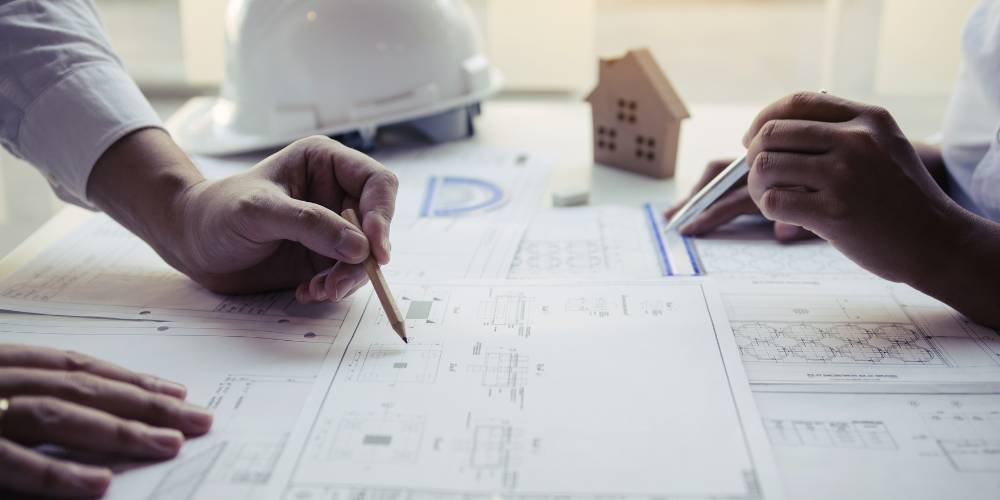Structural design is the unsung hero of the architectural world. It’s the underlying framework that gives buildings their form and function. From the towering skyscrapers of modern cities to the ancient pyramids of Egypt, structural design has played a pivotal role in human history.
What is Structural Design:
Structural design is the process of analyzing and designing the physical elements of a structure to ensure it can safely support its own weight as well as any applied loads. These loads can include dead loads (the weight of the structure itself), live loads (occupants, furniture, and equipment), and environmental loads (wind, snow, earthquakes).

Key Principles of Structural Design:
- Safety: The primary goal of structural design is to ensure the safety of occupants. Structures must be able to withstand expected loads without collapsing.
- Efficiency: Structural systems should be designed to be as efficient as possible, using the minimum amount of material to achieve the desired strength.
- Economy: Structural design must also consider economic factors. The cost of materials and construction must be balanced against the desired performance of the structure.
- Aesthetics: While structural design is primarily concerned with engineering principles, it also plays a significant role in the overall aesthetics of a building. Structural elements can be used to create visually striking forms and spaces.
Common Structural Systems:
- Frame systems: These systems consist of columns and beams that work together to support loads.
- Shell structures: Shell structures are curved surfaces that can span large distances without the need for internal supports.
- Cable structures: These structures rely on tension forces to support loads.
- Truss systems: Trusses are composed of triangular units that are highly efficient at resisting both tension and compression forces.
Challenges in Structural Design:
- Material properties: Different materials have varying strengths and weaknesses. Engineers must select the appropriate materials for a given application.
- Environmental factors: Factors such as wind, earthquakes, and temperature changes can significantly impact the behavior of a structure.
- Complex geometries: Modern architecture often features complex and irregular geometries, which can pose significant challenges for structural engineers.
The Future of Structural Design:
Advancements in computer technology and materials science are revolutionizing the field of structural design. Building information modeling (BIM) and computational design tools are allowing engineers to create more complex and efficient structures. New materials such as carbon fiber and composites are offering unprecedented strength and flexibility.

Structural design is a fascinating and complex field that plays a critical role in the built environment. By understanding the principles of structural design, architects and engineers can create innovative and sustainable buildings that are both beautiful and functional. To learn more about structural design, click here.
